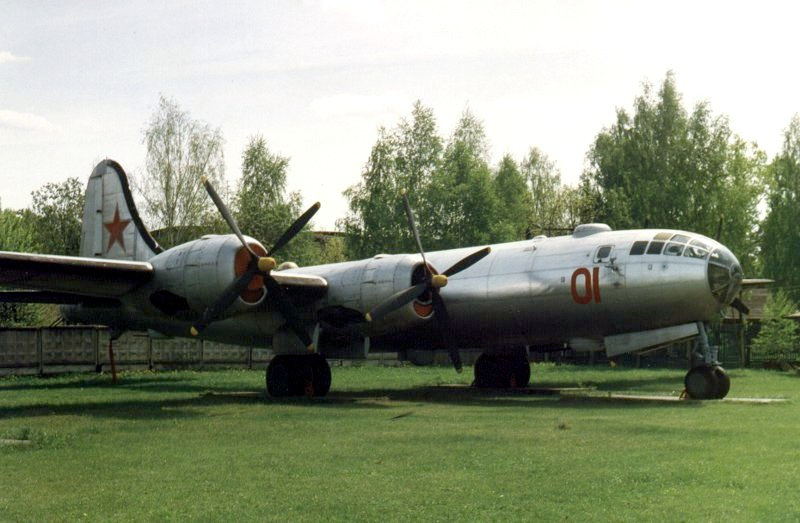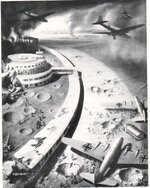Antarctica
Airman
- 78
- May 20, 2023
Germany had several opportunities to repair & fly crashed Lancasters but decided that the technology wasn't as good as their own. The only Lanc they did fly was repaired by the Lufthansa maintenance depot & used to drop collected "window" to test their night-fighter radar.
As they suffered through-out the war from a lack of big 4-engined bombers, what if they had repaired several of the early captured ones & maybe started copying the design as their long-range bomber ?
As they suffered through-out the war from a lack of big 4-engined bombers, what if they had repaired several of the early captured ones & maybe started copying the design as their long-range bomber ?




